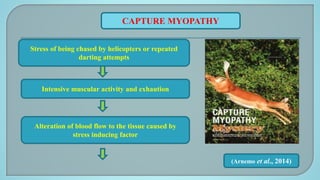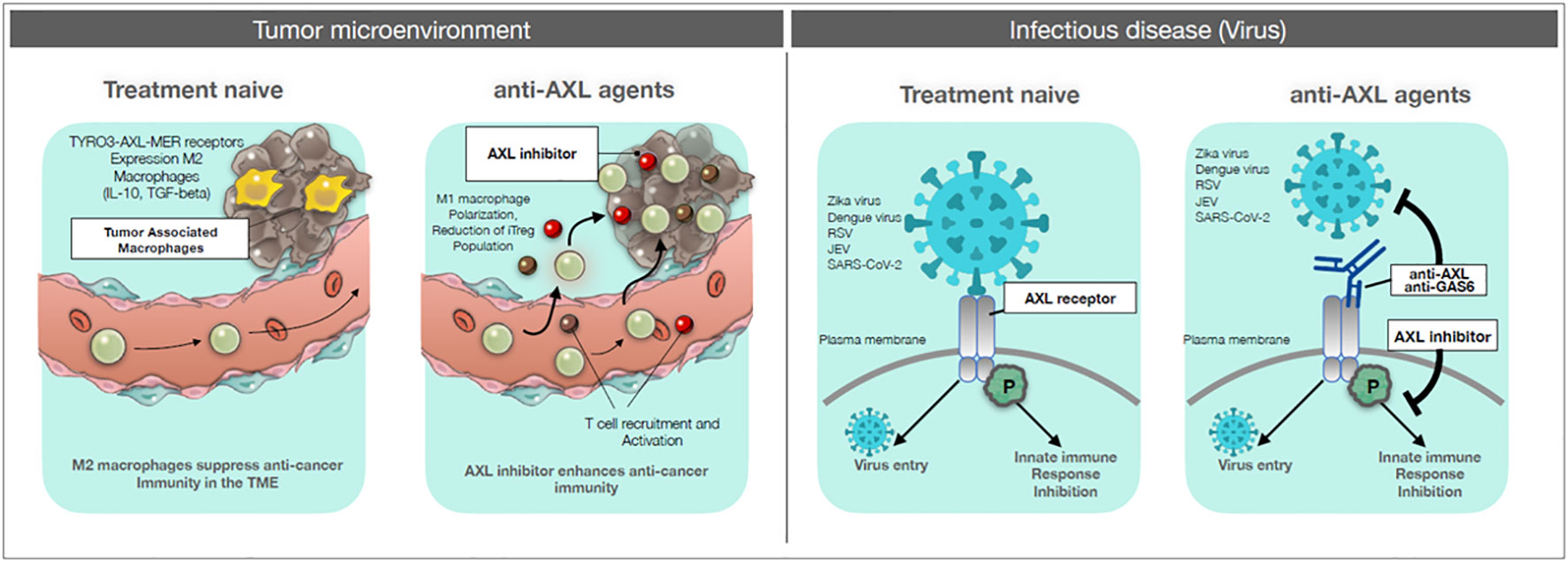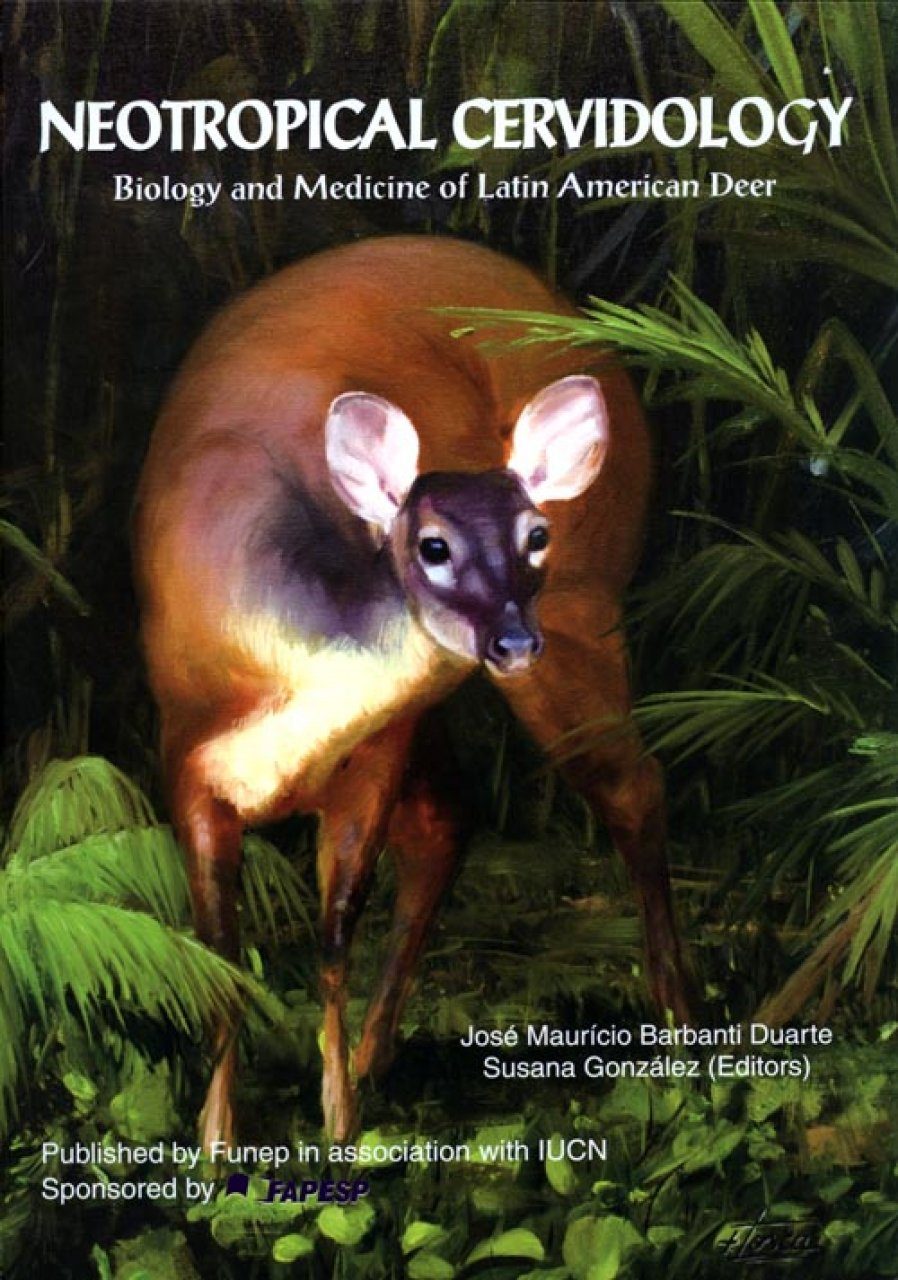- Home
- deer medicine
- Respiratory Arrest in Deer During Capture and Chemical Immobilization - NexGen Pharmaceuticals
Respiratory Arrest in Deer During Capture and Chemical Immobilization - NexGen Pharmaceuticals
5 (784) · $ 8.50 · In stock
The chemical immobilization of deer is often necessary for the purposes of physiological study, research and wildlife management. The drugs used for immobilizing these animals can adversely affect their cardiovascular and respiratory systems, however. In some circumstances, they can lead to complications such as respiratory depression and/or respiratory arrest.Respiratory arrest and cardiac arrest are singular complications however, if left untreated, the former inevitably leads to the latter. Interruption of pulmonary gas exchange (respiration) for more than a few minutes can irreversible vital organ damage, particularly in the brain.1 Cardiac arrest almost always follows without an intervention where respiratory function is restored. Causes of Respiratory ArrestRespiratory arrest in deer during chemical immobilization can occur due to drug overdose, but it can also come about as a spontaneous adverse reaction to immobilizing drugs. Central nervous system disorders that affect the brain stem can also cause hypoventilation leading to respiratory arrest, as can compression of the brain stem during a capture event.1In the case of respiratory arrest brought on by chemical immobilization, the decreased respiratory effort reflects central nervous system (CNS) impairment due to the immobilizing drugs. Drugs that decrease respiratory effort include opioids and certain sedatives. Certain combinations of drugs can increase the risk for respiratory depression, although some of the newer species-specific formulations can actually lower the risk of complications, including respiratory depression and arrest. The risk for opioid-induced respiratory depression (ORID) is usually most common in the immediate postoperative recovery period but it can persist and lead to catastrophic outcomes such as severe brain damage or death.1Deer Background and BiologyDeer are hoofed mammals with an even number of toes on each foot which belong to the order Artiodactyla. These animals are also known as cervids, which differ from other ruminants in that males grow antlers that are comprised of bone. The antlers are shed and regrown annually, and increase each year in size and complexity. Except in the case of caribou, female deer do not grow antlers.2 Antlers serve as ornamentation for breeding purposes, as well as weapons during the mating season. There are over 40 species of deer globally, most of which are found in Asia.1 There are seven species of deer that are native to North America, with many existing sub-species. Deer have a range that essentially blankets the North American continent, making them sought-after among big game hunters and deer farmers. Deer vary in size and weight from just under 100 pounds to over 1000 pounds. The Whitetail Deer (Odocoileus virginianus) is the most widely distributed deer in North America, with a range that extends east from the Rocky Mountains into Mexico.2 They can reach a length of approximately six feet and a height of approximately three feet at the shoulder. Bucks can weigh up to 180 pounds, while does average between 80–120 pounds.Deer and Chemical Immobilization According to the literature, the various species of deer each have their own anesthesia recommendations with dosage variations due to their varied individual responses to anesthetic agents.2,3 These variations are factors in the risk of complications. Monitoring core body temperature is essential in deer sedation and anesthesia, and intubation has also been recommended for any anesthetized deer that needs to be transported or anesthetized for greater than one hour. Until the more recent use of formulated drugs, opioids were the mainstay of deer anesthesia in wildlife and captive care.3In the area of wildlife immobilization, the most significant group of drugs that carry the potential to depress cardiopulmonary processes are opioids, which include both the natural derivatives, semisynthetic opioids and synthetic opioids.4 When respiratory arrest occurs in an immobilized deer as a result of immobilizing drugs, the probability is high that it is in reaction to opioids.Respiratory Depression Leading to Respiratory Arrest in DeerRespiratory depression (hypoventilation) is defined as reduced and/or ineffective breathing. Respiratory arrest is the complete cessation of breathing. There are several approaches to alleviating respiratory arrest in deer as a result of chemical immobilization. Antagonists (reversal agents) are some of the notable pharmacological developments to wildlife immobilization that are able to reverse the effects of opioid anesthetics and tranquilizers.2,4 Antagonists are typically able to completely reverse sedative and anesthetic effects and return an animal to a normal physiological state. The chief benefits of antagonists include preventing predation in the wild after immobilization events and to avoid complications. Antagonists also decrease the personnel and equipment time needed for monitoring the immobilized animal through its recovery.When respiratory arrest occurs, the ultimate goal is to restore adequate ventilation and oxygenation without further compromising an already compromised cardiovascular situation.5 In the event of respiratory arrest in an immobilized deer, the administration of all immobilizing drugs should be ceased. Naltrexone is frequently used to fully reverse opioid-based immobilization after capture, especially if the animal needs to be released back into the field and must be fully alert. If residual analgesic or sedative effects are required, partial opioid antagonists or mixed agonists/antagonists can be used for the reversal of opioids such as diprenorphine, nalorphine or butorphanol.2,4 Atipamezole is often used as a reversal agent for medetomidine and dexmedetomidine in order to reduce their sedative and analgesic effects. It has also been used for the reversal of other α2- adrenergic agonists (e.g., xylazine, clonidine, tizanidine and brimonidine). Doxapram and other potassium channel blockers can also be used to stimulate breathing in deer suffering from respiratory depression/arrest. Doxapram is widely used as a respiratory stimulant by veterinarians and has been shown to increase the minute ventilation in large herbivores immobilized with etorphine.3 Oxygen is recommended during deer immobilization whenever possible, as it can lower the risk of respiratory arrest occurring.1 1Izrailtyan I, et. al. Risk factors for cardiopulmonary and respiratory arrest in medical and surgical hospital patients on opioid analgesics and sedatives. PLoS One Mar 22;13(3):e019455, 2018.2Arnemo, J. Kreeger, T. (2018). Handbook of Wildlife Chemical Immobilization 5th Ed. Sunquest Publishing, 2007.3safariclub.org.4wildlifeinformer.com.5Arnemo, J., et. al. Field Emergencies and Complications. In: G. West, D. Heard, & N. Caulkett, eds. Zoo Animal and Wildlife Immobilization and Anaesthesia. Oxford: Wiley Blackwell, pp. 139–147.6Van der Schier, R., et. al. (2014) Opioid-induced respiratory depression: reversal by non-opioid drugs. F1000 Prime Reports, 6, pp.1–8.About NexGen PharmaceuticalsNexGen Pharmaceuticals is an industry-leading veterinary compounding pharmacy, offering sterile and non-sterile compounding services nationwide. Unlike other veterinary compounding pharmacies, NexGen focuses on drugs that are difficult to find or are no longer available due to manufacturer discontinuance or have yet to be offered commercially for veterinary applications, but which still serve a critical need for our customers. We also specialize in wildlife pharmaceuticals, including sedatives and their antagonists, offering many unique options to serve a wide array of zoo animal and wildlife immobilization and anesthesia requirements.Our pharmacists are also encouraged to develop strong working relationships with our veterinarians in order to better care for veterinary patients. Such relationships foster an ever-increasing knowledge base upon which pharmacists and veterinarians can draw, making both significantly more effective in their professional roles.DisclaimerThe information contained in this blog post is general in nature and is intended for use as an informational aid. It does not cover all possible uses, actions, precautions, side effects, or interactions of the medications shown, nor is the information intended as medical advice or diagnosis for individual health problems or for making an evaluation as to the risks and benefits of using a particular medication. You should consult your veterinarian about diagnosis and treatment of any health problems. Information and statements have not been evaluated by the Food and Drug Administration ("FDA"), nor has the FDA approved the medications to diagnose, cure or prevent disease. Medications compounded by NexGen Pharmaceuticals are prepared at the direction of a veterinarian. NexGen Pharmaceuticals compounded veterinary preparations are not intended for use in food and food-producing animals.NexGen Pharmaceuticals, LLC does not recommend, endorse or make any representation about the efficacy, appropriateness or suitability of any specific dosing, products, procedures, treatments, services, opinions, veterinary care providers or other information that may be contained in this blog post. NEXGEN PHARMACEUTICALS, LLC IS NOT RESPONSIBLE NOR LIABLE FOR ANY ADVICE, COURSE OF TREATMENT, DIAGNOSIS OR ANY OTHER INFORMATION, SERVICES OR PRODUCTS THAT YOU OBTAIN THROUGH THIS BLOG POST.

Chinese Water Deer Chemical Immobilization - NexGen Pharmaceuticals

Percentages Numerical Reasoning

Texas CROs - Contract Research Map
PDF) Proceedings of International Conference iCon-MESSSH'20

Respiratory Arrest in Camels During Chemical Immobilization - NexGen Pharmaceuticals

What is Used to Capture Animals? - NexGen Pharmaceuticals

Discovery of GS-5245 (Obeldesivir), an Oral Prodrug of Nucleoside

Respiratory Arrest in Antelope During Chemical Immobilization - NexGen Pharmaceuticals

CHEMICAL IMMOBILIZATION AND ANAESTHETIC PROTOCOLS FOR WILD HERBIVORES

Earmarks, PDF, Transport

Frontiers Editorial: Development of small molecule inhibitors

Antelope Chemical Immobilization - NexGen Pharmaceuticals










/cloudfront-ap-southeast-2.images.arcpublishing.com/nzme/R6NE7K7Z4YYLCUU6ND4HM22W7Y.jpg)
